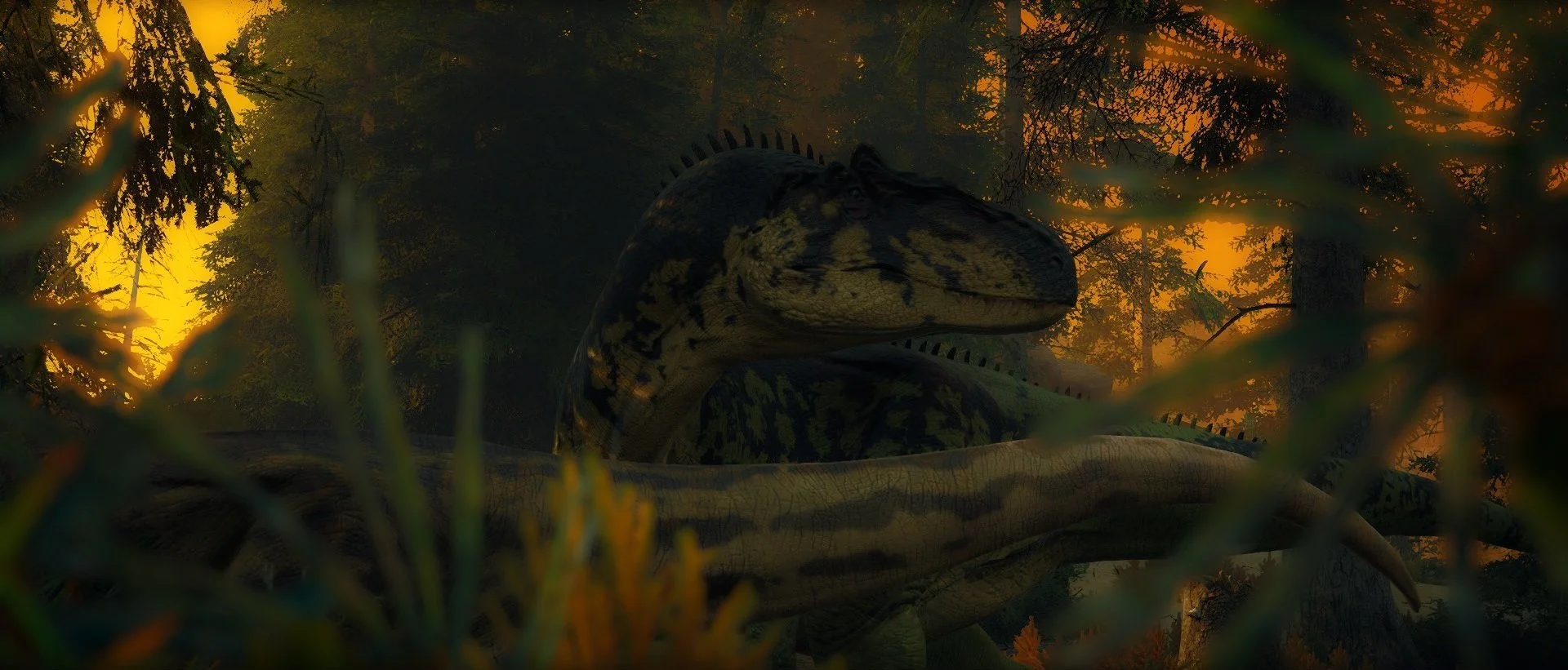Thalassodromeus
Tier: 2
Type: Flying carnivore
Passive growth time: 2 hrs 3 min
Flock size: 8 sub adults/adults, 1-12 juveniles/adolescents
Hierarchy: Bonded pair
Mating bond: Monogamous
Nest size: 1-3 offspring per pair
Diet tags: Carnivore, piscivore, semi-cannibalistic, opportunistic, scavenger & ovivore
Preferred food: Fish, Tier 1-2 carnivores & herbivores
Species specific rules: Fliers need to land in order to steal from a body & cannot follow or hover right on top of others in a way that gives up their position or ruins their hunt.Behavior
Flying around the coastal areas of Gondwa. Thalassodromeus are known to be loud with their laugh sounding calls. Feeding primarily on fish, these fliers skim the coastlines for any schooling of fishes. Occasionally Thalassodromeus will fly inland in search of fresh water and lone terrestrial juveniles or adolescents that might have ended up wandering on the beaches and plains in search of water. Thalassodromeus are shrewd opportunists, and so will follow closely behind other predators, usually larger pterosaurs that do not mind them, like the Quetzal, for a chance at leftover meal.
Recommended behaviors
╸Prefers to live and nest at coastlines where fish is easily accessible.
╸Rarely moves inland since Thalassodromeus are a easy prey for Sarcosuchus and Deinosuchus.
╸Lone males will build “practice nests” by gathering nesting materials and putting together a small, usually a weak nest-like structure.
╸Lone males and females might claim abandoned nests, where they will raise their own younglings.
Mating
Lone Thalassodromeus males will search for a high place like rock formations, cliff edges and mountains where they will build a cozy nest in preparation for a female to arrive. The nest will consist of sticks, sea and lake weed, roots and vegetation. Often multiple male Thalassodromeus end up building their nests fairly close to each other, forming large nesting colonies. Males will start to make the laugh sounding call to attract females to the area. When a female arrives, it will carefully inspect every available nest and pick the best to her liking. She will land in the nest to signal her choice to others. The male who built the nest will bring her fish and other gifts from the sea to show commitment and the pair will bond deeply. These pairs form long time bonds and have multiple clutches together.
Nesting & offspring
Thalassodromeus females will lay one to three eggs. Both of the parents will take turns incubating the eggs while the other one is out in the sea looking for fish and nest materials. By one parent staying at the nest and watching over the eggs, the couple can avoid brood parasitism that is surprisingly common in big colonies. After hatching, the young Thalassodromeus will immediately start to beg for food from their parents. For the next few days the parents will be busy bringing even more food to their growing babies. These harsh environments force these little fliers to learn to spread their wings fast, juvenile Thalassodromeus are very capable fliers and can already keep up with their parents when they are hunting for fish in the ocean.




